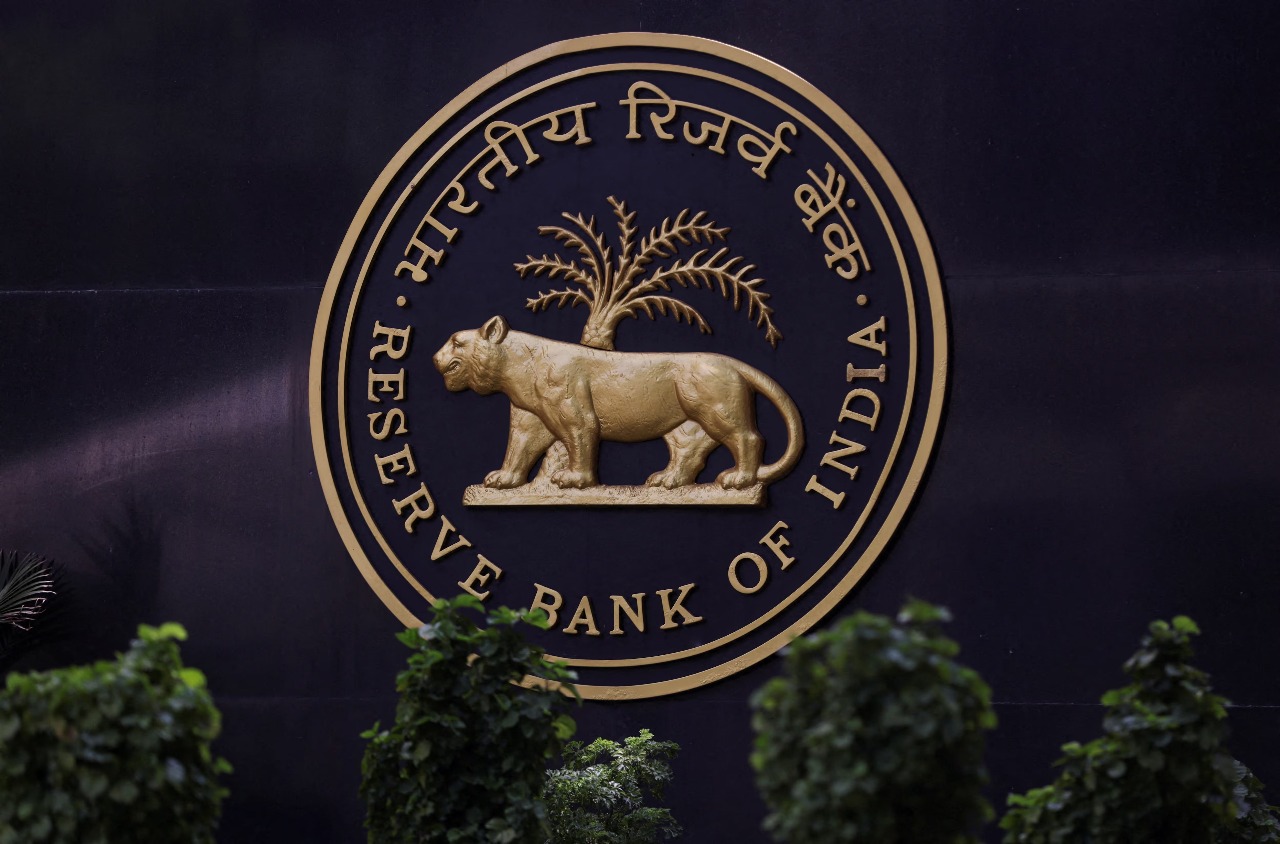 Image Source: Reuters
Image Source: Reuters
India’s financial markets experienced notable developments on August 21 with shifts in benchmark government bond yields, fluctuations in the Indian rupee against the US dollar, and critical updates from the Reserve Bank of India (RBI) regarding cash balances, refinancing, and liquidity support to the banking sector. These movements offer insight into the economic pulse and monetary policy stance amid global and domestic macroeconomic dynamics.
Key Highlights of India’s Market and Monetary Developments
The 10-year benchmark government bond yield (IN063335G=CC) edged higher by 1 basis point to settle at 6.5354%, up from the previous close of 6.5278%
Correspondingly, related instruments such as INIOYT=RR and IN067934G=CC displayed parallel movements, reflecting market recalibration
The Indian rupee (INR=IN) opened lower by 0.11% at 87.3675 against the US dollar, compared to the previous close of 87.27, indicating slight weakening amid currency market volatility
India’s banking system held substantial cash balances of Rs 9.29 trillion with the RBI as of August 21, highlighting strong liquidity buffers available to lenders
The government’s surplus cash balance with the RBI, earmarked for auction purposes, stood at Rs 310.25 billion as of the same date, underscoring fiscal surplus management and public debt servicing capacity
The Reserve Bank of India provided Rs 100.93 billion in refinancing support on August 21, reflecting ongoing liquidity management amid evolving credit demand
Indian banks borrowed Rs 76.87 billion under the RBI’s Marginal Standing Facility (MSF) scheme on August 21, a key emergency borrowing window for liquidity shortfalls
Understanding the Bond Yield Movement and Its Implications
The slight uptick of 1 basis point in the 10-year government bond yield signals market sensitivity to inflation expectations, fiscal outlook, and global interest rate trends. As bond yields serve as a benchmark for borrowing costs across the economy, incremental upticks can impact corporate financing, retail loans, and government borrowing strategies.
The RBI’s role in managing liquidity through refinancing and the MSF borrowing amount reflects proactive interventions to ensure seamless credit flow and reduce financial strains in the banking system.
Rupee Volatility and Currency Market Dynamics
Opening slightly weaker at 87.3675 per US dollar, the rupee’s movement aligns with broader currency market pressures including:
-
Global dollar strength amid geopolitical tensions and monetary policy shifts by major central banks
-
Domestic factors such as import demand, oil prices, and foreign portfolio investor flows affecting forex supply-demand balance
-
Market participants monitoring RBI’s interventions and macroeconomic indicators for directional cues
Central Bank Liquidity and Cash Balance Insights
The large cash balances maintained by Indian banks with the RBI at Rs 9.29 trillion indicate an environment of ample liquidity, a positive sign for credit availability and financial stability. The government’s surplus cash balance of Rs 310.25 billion with the RBI further highlights prudent fiscal management, enabling smooth public debt auctions and policy flexibility.
RBI’s refinancing injection of Rs 100.93 billion and MSF borrowings of Rs 76.87 billion underscore active liquidity monitoring and support, instrumental in balancing day-to-day cash flow mismatches and ensuring systemic resilience.
Market Outlook: Navigating Monetary Policy and Economic Trends
As India’s macroeconomic landscape evolves with inflation moderation, inflation targeting by RBI, and global economic uncertainties, markets are expected to remain alert to:
-
Domestic inflation data and GDP growth releases affecting yield curves and interest rates
-
Currency market interventions and RBI guidance influencing rupee stability
-
Fiscal deficit trajectories and government borrowing plans impacting bond supply and yields
-
Global interest rate decisions from the US Federal Reserve and other key central banks shaping capital flows
In summary, India’s financial markets showcased a blend of cautious optimism and responsive recalibration on August 21. The interplay between government bond yields, currency fluctuations, and central bank liquidity operations offers a comprehensive view of the country’s ongoing efforts to safeguard economic growth and financial stability.
Sources: Reuters, Economic Times, Reserve Bank of India, NSE India
Advertisement
Advertisement





